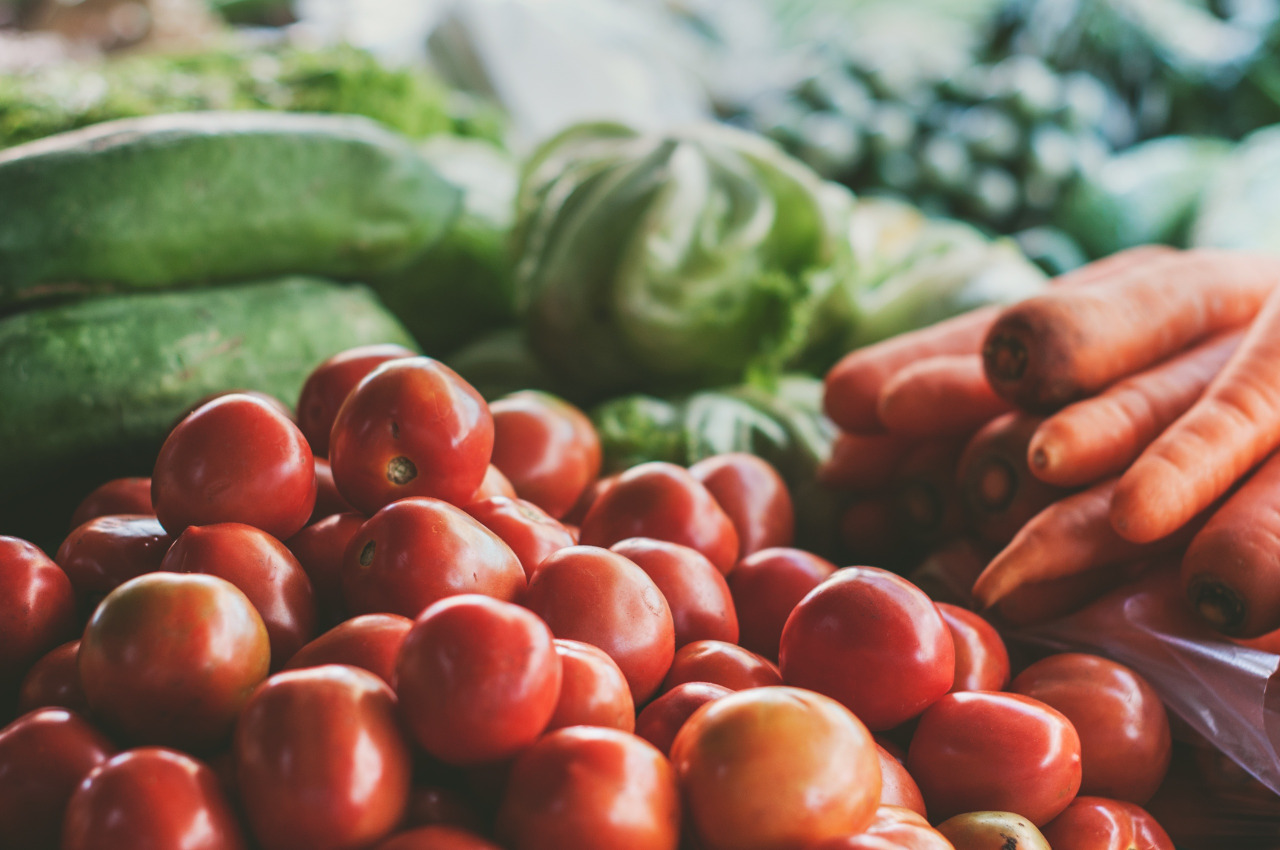
The Energetics of Food
For thousands of years, China has classified food and disease in relation to energy rather than nutrients and toxicity. Not only does food give us life force or energy, but food is capable of heating or cooling, drying or moistening, calming the mind or giving us willpower.
In Chinese medicine, a practitioner is not interested so much in the disease label, but whether the symptoms are showing that the individual is, for instance, too hot, cold, damp or dry. Oriental traditions do not understand the Western view of Candida. We tend to think of being invaded by a microorganism which must be killed to reinstate health. The Chinese would just say that the person is too damp; too hot and damp if symptoms such as thrush and cystitis are present; too cold and damp if digestion and bowel problems are present. This idea of not giving the disease power by labelling it feels comfortable for me as I’ve always felt that the important step in treating Candida was to make the environment one where Candida didn’t want to reside.
In practice, I am finding the energetics of food and disease a very helpful way of approaching problems. For instance, our digestion is dependent on sufficient heat, it is like a fire burning fuel. Too much cold, damp fuel and the fire does not burn well. Similarly too much cold, damp food and we do not digest well. Undigested food residues then travel too far down the digestive tract feeding Candida, which is present in everyone. This helps to explain why people with Candida problems can eat a certain food on one occasion and be fine, yet another day it causes them problems. It all depends on how well the digestion is coping. Sometimes the digestion is affected by the lack of energy as well as cold and moisture. Digestion may be fine early in the day when the energy is good but it may not cope so well towards the end of the day when it is tiring.
It is interesting to note how patients interpret the diets I give them. All my patients are encouraged to eat lots of vegetables and grains, especially rice. However, some individuals will eat lots of warming meals by choosing foods with a warm energy as well as eating hot meals. They will make lots of curries and casseroles using garlic, ginger and warming spices. Others will be eating their food cold and also choosing food which has a cold energy, such as salads and fruit with their rice. Often, it is necessary to adjust the way people interpret their diets in order to alleviate symptoms.
People suffering from heat–related symptoms such as thrush, cystitis, spots, boils, inflammation, hot flushes, or dry stools, need to eat more cooling foods. This means eating foods with a cooling energy as well as foods which are cool in temperature. Foods recommended for removing heat include alfafa sprouts, apples, aubergines, advocados, barley, bean sprouts, broccoli, cauliflower, celery, courgettes, cucumber, camomile, lemon, lettuce, millet, mint, melon, marjoram, nettle, orange, peppermint, pineapple, pear, seaweed, spinach, tomato, tofu, tea and wheat.
Individuals suffering from cold-related symptoms, such as poor digestion, bloating, loose stools, alternating constipation and diarrhoea, cold extremities, poor circulation, fatigue and muscle weakness, need to eat food with a warmer temperature and a warmer food energy. Foods with a warming energy include basil, bayleaf, black pepper, caraway, carob, cherry, chestnut, coriander, cinnamon, clove, chilli, cumin, dates, dill seed, fennel, garlic, ginger, horseradish, leek, mustard, nutmeg, onions, oats, oregano, parsnip, peach, quinoa, rosemary, sweet potato, thyme and walnut.
Dampness is a condition which causes many individuals to have health problems, some of which are not visible. Noticeable signs of dampness may include Candida problems, oily skin or hair, sticky perspiration, water retention, a bloated abdomen, discharges, heaviness of the head or limbs, dull aches and lethargy. Phlegm is dampness which has congealed. Foods known to encourage dampness include wheat, sugar, dairy produce, saturated fat, fruit juice, bananas and peanuts. Foods recommended to drain dampness include aduki beans, alfafa, barley, black pepper, cayenne pepper, celery, corn, cinnamon, dill seed, fennel, garlic, horseradish, kidney beans, lemon, lentils, lettuce, majoram, mushrooms, mustard, nutmeg, onions, parsley, pumpkin, radish, rye, spring onions, turnips and walnuts.
Where food originates from gives us some clues as to its energy values. For instance, millet is a grain which is grown in countries such as Africa where it is hot. Millet has a cooling energy to counteract this heat. Oats grow in northern climates and have a warming energy to balance the effects of the cooler conditions. There is therefore some sense in eating foods primarily from the country in which we live and primarily in the seasons in which they grow. However, life, or more especially eating, would be very boring if we took away all the foods that are now imported or grown in heated conditions such as bananas, mangoes, avocados and winter salads.
The answer is not to deny ourselves the delights of such a varied diet but to balance it carefully by being aware of food energies. It is not sensible in the middle of winter (unless one is trying to counteract too much heat) to eat lots of salads or cold fruit juices but provided we eat these occasionally and balance them by including warming foods or warming ways of cooking, then we will stay healthy.
